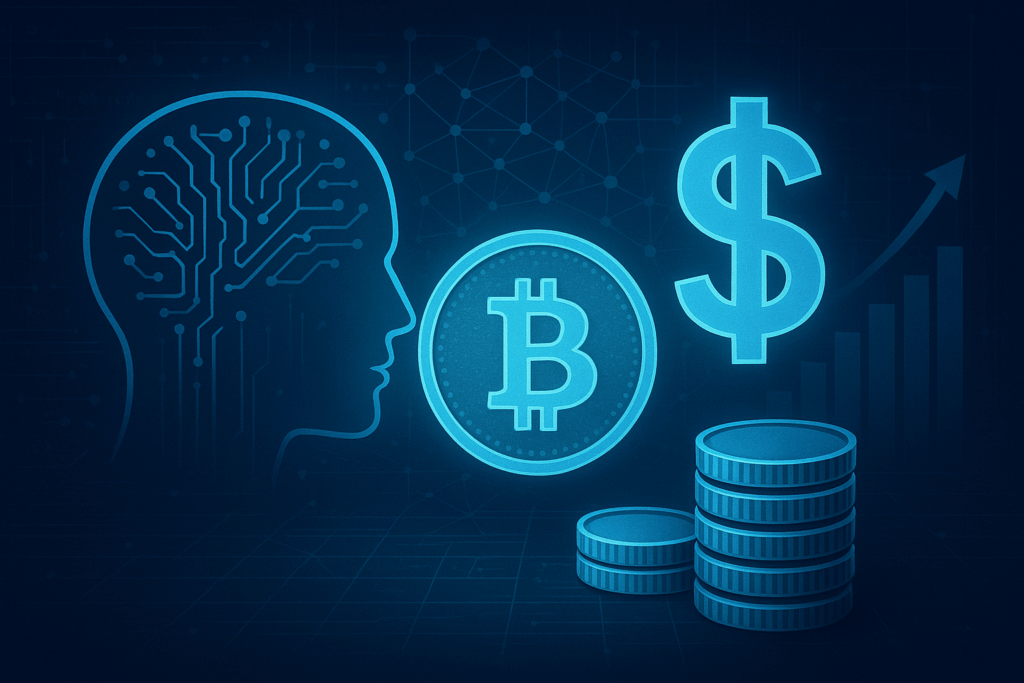Why M&A Dealmakers Should Care About Blockchain and Payment Systems

If you still believe blockchain is just a playground for crypto enthusiasts in hoodies, then you are already behind. In fact, while you read this, billions of dollars in cross-border transactions are being executed faster, cheaper, and with more transparency than most bank wires could dream of. For those of us in M&A, where speed, trust, and cost control are everything, this is not a sideshow. It is center stage.
The deal is global, the money isn’t (yet)
Cross-border M&A reached nearly $1.3 trillion in 2023—about one third of global deal volume. Yet almost 80% of these deals still rely on traditional banking rails that are slow, expensive, and opaque. A single international transfer can take three to five days, with fees quietly eating 2–4% of transaction value. Add currency risk, compliance checks, and an army of lawyers chasing documents, and suddenly closing a $200 million deal feels like sending a postcard from the 1950s.
Now enter blockchain and new payment methods. Blockchain isn’t magic—it’s essentially a distributed ledger—but its impact on settlement, compliance, and trust is potentially transformative. Imagine a world where escrow accounts, verification, and cross-currency settlements happen in minutes, not weeks. That’s not a fantasy: pilot projects by global banks, payment networks, and even central banks are already proving it works.
What is happening out there?
Settlement speed: JPMorgan’s Onyx platform has already processed over $1 trillion in blockchain-based payments since launch, demonstrating institutional appetite.
Costs: According to the World Bank, the average cost of remittances is still 6.2% globally. Blockchain-based rails can reduce this below 1%. For a $500 million acquisition, that’s a saving of $26 million—enough to buy a decent football team (outside the Premier League, of course).
Transparency: Smart contracts can automate escrow, milestone payments, and compliance checks. That means fewer disputes, fewer surprises, and fewer 2 a.m. calls with lawyers in three time zones.
The CFO’s quiet nightmare
Every CFO knows the friction of moving money cross-border. Even more, regulators are tightening the noose. Anti-money laundering (AML) rules, screening sanctions, and tax compliance make international transfers a maze. Blockchain, with its immutable records and real-time audit trails, may soon become the regulator’s best friend. For dealmakers, this means less paperwork, less risk of fines, and more predictability in execution.
But will it scale?
Here is the catch, blockchain adoption in M&A is not yet mainstream. A recent Deloitte survey found only 8% of corporates use blockchain beyond pilot stage. The challenges? Legacy systems, cultural inertia, and good old-fashioned fear of regulators. Yet history shows us that once efficiencies are proven, adoption accelerates. Remember when online data rooms were considered “exotic”? Today, nobody closes a deal without them. Blockchain has a similar trajectory.
Strategic drivers CEOs and dealmakers should watch
- Central bank digital currencies (CBDCs) – Over 100 central banks are exploring digital currencies. China’s digital yuan has already processed $250 billion in transactions. If CBDCs become the norm, M&A payments will become near-instant across borders.
- Tokenisation of assets – Equity, debt, even real estate can be represented as tokens. This opens a secondary market for previously illiquid assets, increasing deal liquidity and new structures for partial acquisitions.
- New competitors – Fintechs such as Stripe, Adyen, and Circle are quietly embedding blockchain settlement into corporate finance solutions. Tomorrow, your competitor may close a deal faster simply because their payment rails are smarter.
- ESG and governance pressure – Investors demand transparency. Blockchain-based deal settlement provides immutable records, reducing reputational risk in sensitive markets.
KPIs that matter for M&A leaders
Settlement time: average days from signing to payment release. (Target: hours, not weeks.)
Transaction cost per $100m moved: benchmark current 2–4% vs blockchain <1%.
Regulatory incidents: number of compliance delays or fines in past deals.
Liquidity unlocked: value of tokenised assets entering deal structures.
Deal certainty index (our own invention): the % of signed deals that close without material payment delay.
A global chessboard
The strategic risk is clear, if your competitor adopts blockchain-enabled payments and you don’t, you will lose in speed, certainty, and cost. Imagine two bidders for the same asset, one closes in five days with guaranteed settlement, the other in 25 days with currency risk. Sellers are rational—they will take the bidder who can wire money faster and cleaner.
At the same time, the geopolitical dimension is critical. The US, EU, and China are racing to define standards. Global M&A dealmakers must prepare for a fragmented system of CBDCs and regional blockchain networks. Navigating that will require partnerships, advisors, and above all, education.
So what should dealmakers do now?
Experiment: Run pilot payments via blockchain with non-core deals. Treat it as your “sandbox” for learning.
Pressure test providers: Not all fintechs are equal. Check security, compliance, and regulatory relationships.
Educate boards: Most directors still conflate blockchain with Bitcoin. Demystify the topic. A 20-minute board briefing today may save weeks of panic tomorrow.
Prepare playbooks: Build internal M&A manuals that include blockchain settlement as an option. The first mover advantage is not about technology; it’s about readiness.
Final thoughts
In M&A, winners are not always those who bid higher, but those who close faster and with certainty. Blockchain and modern payment systems are not a silver bullet, but they are quickly becoming the silent differentiator between dealmakers who adapt and those who are disrupted.
To borrow a very British analogy: in a race between two gentlemen to catch a train, the one who knows the shortcut doesn’t just arrive first—he gets the seat, the newspaper, and the glass of claret. Blockchain, in M&A payments, is that shortcut.